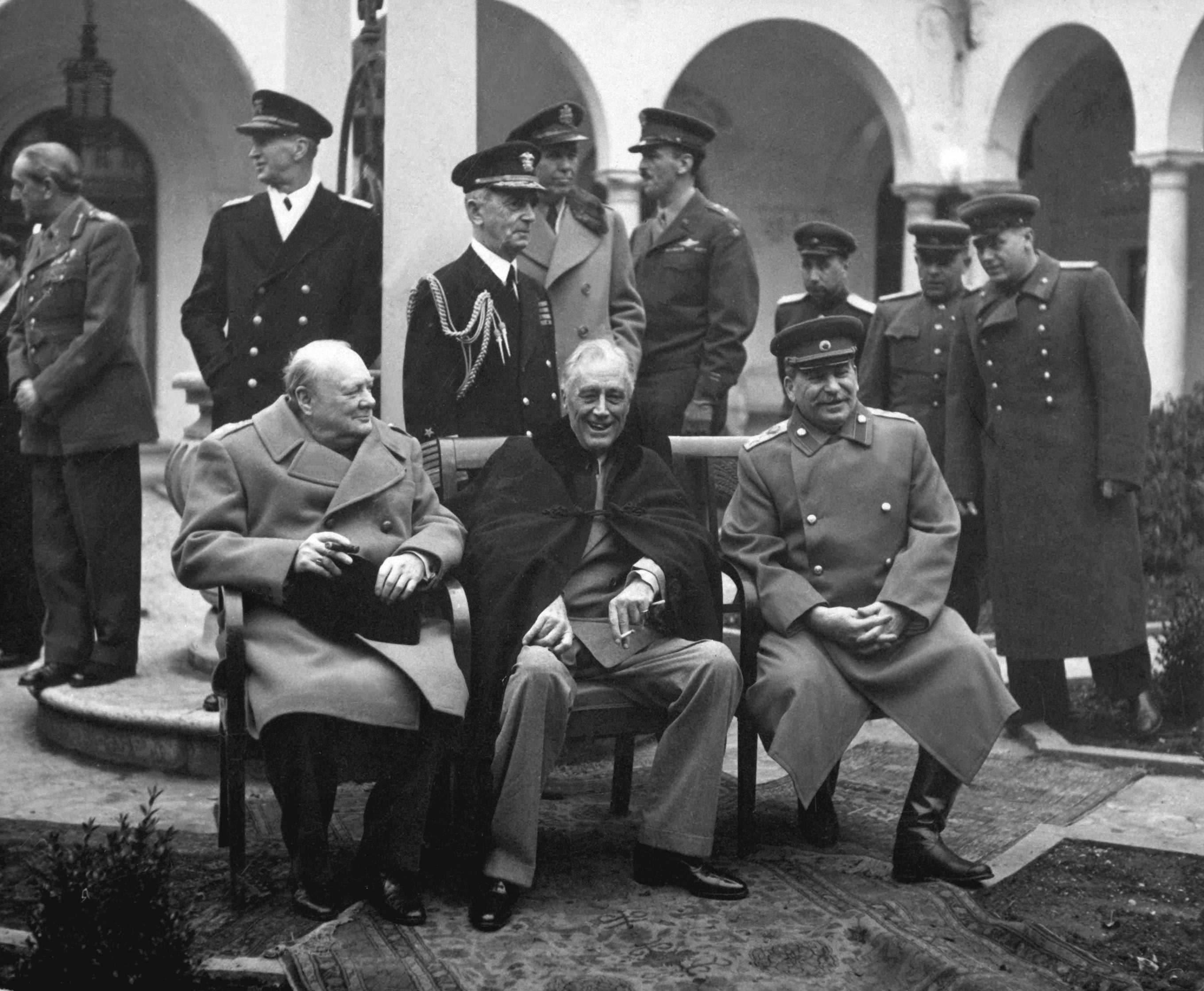Written from the perspective of a researcher; what they failed to consider, their biases, and the colonization of time into imperial time.
So two white boys constructing a narrative is colonization? What kind of race essentialism is this?
It’s not race essentialism, it’s fairly mainstream academic postmodernist/marxist decolonial history.
The way I was taught it, in the mid 1900s as the modernist “scienitific history” narrative started to crumble there was a growing realisation that objectivity doesn’t exist and striving for it is rarely useful.
What historians do isn’t so much present objective truths about the past as reframe it through the lenses of our own experience.
That the histories of colonised peoples are presented through the lenses of colonisers working in coloniser institutions is in itself an act of colonial violence.
What this means isn’t that anyone should never write a history of a race that isn’t theirs but in doing so you should be extremely careful and respectful of colonised peoples voices about their own histories, interview and cite them as much as possible, even if the form they’re in doesn’t conform to western academic narrative histories standards (ie, oral histories, word of mouth anecdotes, heavily fictionalised accounts) present them as uncritically as possible, and if you do have to be critical of them be sure to critique your own criticism from a decolonial standpoint. When telling the history of colonised peoples try to do it from their own perspective (not merely as an ancillary of the narrative of whoever brutalised and exploited them) and if not in their own way then at least respectfully of their own ways of telling stories about the past.
While criticisms of subaltern studies and decolonial history do exist claims that “decolonial history is race essentialism” and “so white people aren’t allowed to write history any more?” are the “reverse racism” of the academic world, complete bad faith chud shit, and treated as such by anyone who’s not themselves a megachud.
If you want to learn more I’d strongly recommend reading chapter 6 of Dipesh Chakrabarty’s Postcoloniality and the Artifice of History - Provincialising Europe as an introduction.
That’s what I remember anyway. It’s been a little while.
And from a quick skim of the article, that’s exactly what Carolyn Nakamura is doing, not criticising Graeber and Wengrow for being white boys “constructing a narrative” but for telling the story of colonised people in the form and from the perspective of their colonisers.
I think that’s a fair criticism.
This thing is sooooooo far up its own ass, holy shit. Also, the authors need to do some self-crit on writing accessibly and coherently if they’re going to pick nits like this. This reads like an undergrad extended essay where you get points for long-winded analogies and pointless name-dropping.
okay but uh, have you considered that your values of clear writing and epistemological neutrality, are, in fact contingent and historical. if you were a better person, you’d realize that your assumptions are colonized and imperial, and that this is a very good and incisive article, actually.
“Some omissions are more egregious than others, but even small ones reveal something other than fact-based history propelling this project. For instance, Graeber and Wengrow revive Maria Gimbutas’ much-debated and largely refuted (at least within archaeological circles) idea of a prehistoric mother goddess cult idea for Çatalhöyük. Focusing on three striking figurines categorized as female (although two might be debatable), they conclude that in the absence of any male parallels such figurines might indeed be “matriarchs” after all, or at least expressions of female status or “ritual priority.” This interpretation, at least in its more tempered version, appears to draw from our interpretation of these figures as likely female, and expressive of a certain status related to the accumulation of age, experience, and success. However, it conveniently ignores the majority of our research on the bulk of Çatalhöyük figurines that are tiny clay animals and horns, as well as our qualifying (and frequently repeated) remark that we should not assume that Neolithic human figurines obeyed a rigid female/male binary, or that sex-based categories held the same meanings or importance as they do in many contemporary cultures.”
I think it is interesting how we try to guess if women or men had more power based on the ratio of figures.

